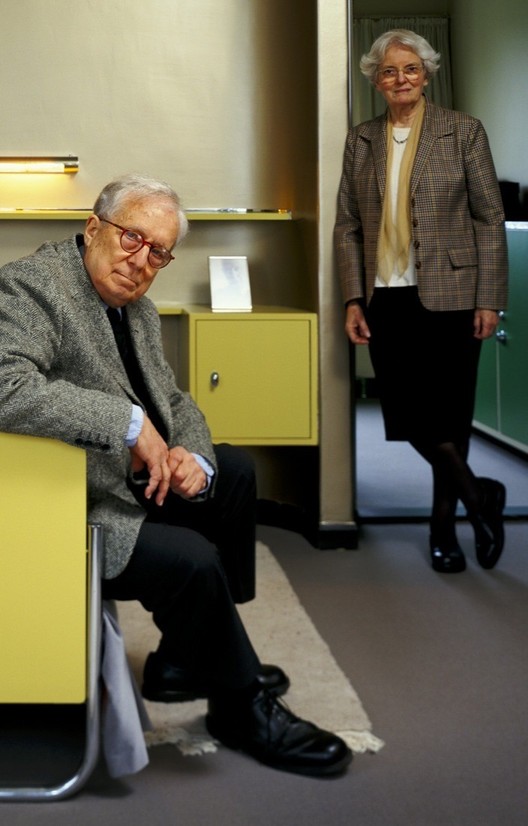
This article was originally published on CommonEdge as "Robert Venturi and the Difficult Whole."
Robert Venturi (1925-2018) was the most influential American architect of the last century, though not primarily for his built work, or because of his stature as a designer. He will never stand beside Wright, or Kahn, or even Gehry in that regard. Between 1965 and 1985 he and his collaborator, Denise Scott Brown, changed the way all architects look at buildings, cities, and landscapes, much in the way that Marshall McLuhan, Bob Dylan and Andy Warhol changed our view of art, media, and popular culture during the same period.
I worked with Bob Venturi during my apprenticeship in the 1970s; I also grew up with his books, buildings and paternal influence. He and my father were one year apart; Denise is the same age as my mother.









.jpg?1537702346)
.jpg?1537701733)
























.jpg?1475760547)

.jpg?1449161851)
.jpg?1449161803)
.jpg?1449161873)
.jpg?1449161910)







